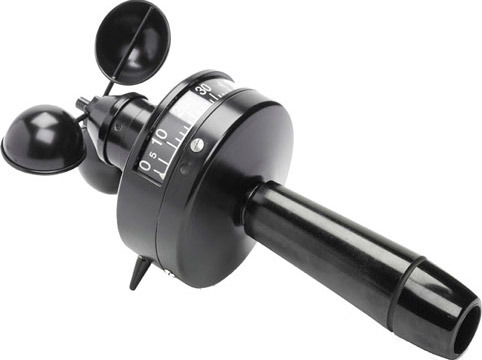Meteorology is the study of weather and climate, and it plays a critical role in our daily lives, from planning outdoor activities to preparing for severe weather events. Meteorology instruments are essential tools for meteorologists to collect and analyze data about the atmosphere, enabling accurate weather forecasting. In this article, we will explore the different types of meteorology instruments used to study and predict weather patterns.
Introduction of Meteorology instruments
Meteorological instruments have come a long way since the early days of weather forecasting. From simple barometers and thermometers to advanced radar and satellite technology, these instruments help meteorologists gather data about the atmosphere and its behavior. Understanding the types of instruments used in meteorology is essential for anyone interested in weather forecasting.
Types of Meteorology Instruments
1. Thermometers are one of the most common meteorology instruments used to measure temperature. There are several types of thermometers, including liquid-in-glass, bimetallic, and digital. These instruments are used to measure air temperature at different levels of the atmosphere.
2. Barometers are used to measure atmospheric pressure, which is an essential parameter for predicting weather patterns. The two most common types of barometers are mercury and aneroid barometers. These instruments are used to measure the pressure at sea level and the altitude of the atmosphere.
3. Anemometers are used to measure wind speed and direction. These instruments are used to determine the direction and speed of wind, which is essential for predicting weather patterns. There are different types of anemometers, including cup, propeller, and ultrasonic anemometers.
4. Hygrometers
Hygrometers are used to measure humidity in the atmosphere. These instruments are used to measure the amount of water vapor in the air, which is essential for predicting the likelihood of precipitation. There are several types of hygrometers, including mechanical, electronic, and psychrometers.
5. Rain Gauges
Rain gauges are used to measure the amount of precipitation that falls in a specific area over a specific period. These instruments are essential for predicting the likelihood of flooding and other weather-related hazards. There are several types of rain gauges, including tipping bucket, weighing, and float gauges.
What is the most common meteorology instrument used to measure temperature?
Thermometers are the most common meteorology instruments used to measure temperature.
What is the difference between mercury and aneroid barometers?
Mercury barometers use a column of mercury to measure atmospheric pressure, while aneroid barometers use a metal capsule that expands or contracts based on changes in pressure.
How do radiosondes collect data about the atmosphere?
Radiosondes are attached to weather balloons and launched into the atmosphere, where they collect data about temperature, humidity, and pressure at different levels of the atmosphere and transmit it back to ground stations.
